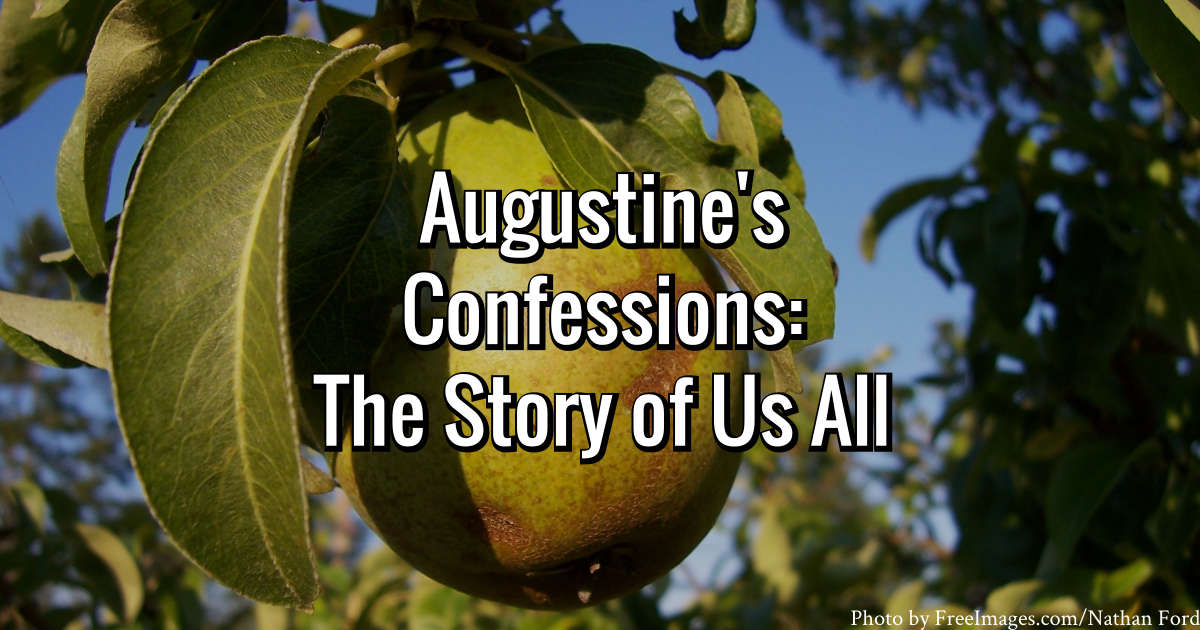Rebecca Fletcher is a guest blogger from Coffee, Cats, and Kindergarten. Her blog can be found here.
What was your first favorite book?
Can you remember? For some people, it’s difficult. For me, it’s easy.
My first favorite book was The Lion, the Witch, and the Wardrobe. I began reading it in first grade. It was hidden in a huge box of books but, once I discovered it, I was obsessed. I carried it everywhere. I read it in the car. I read it at the kitchen table. I missed the bus because I was too busy reading to watch the clock.
Throughout the years, my favorite books have changed, but my love of reading has not. I have several book series on a bookshelf in my home office, and the local public library workers know me by name. I still read in the car and at the kitchen table and, while I have not recently missed a bus due to my incessant reading, I have almost been late for work on several occasions because I got so caught up in my reading!
As a teacher, I am very fortunate to get to share my love of reading with my students. Something that I used to struggle with, though, was how to reach reluctant readers. It was very difficult for me to fathom how someone could not love reading. However, I knew that it was a reality. I also knew that it was my job to try and change their minds!
In my three years as a kindergarten teacher, I have found several effective methods for getting those reluctant readers to fall in love with reading, and I would love to share them with you! Below are a few suggestions for helping to foster a love of reading in children.
1. Read Aloud
One of my favorite (and most effective) ways to encourage children to love reading is to simply read to them! I love to incorporate different voices and motions into my reading. My students and I will occasionally act out a scene from a story. For example, we acted out The Three Little Pigs during our fairy tale unit. My teaching team and I like to spice things up by switching classrooms sometimes. That means that I will go into another teacher’s classroom to read a book to her students, while she comes into my classroom and reads a book to my students.
Another thing that I love doing with my students that can also be done at home is reading aloud books that they wouldn’t be able to read on their own, such as chapter books. In fact, just this week I started reading aloud an abridged version of The Wonderful Wizard of Oz. Even though there are very few pictures, my students are listening attentively to every word!
2. Have “Kids’ Choice” time
I frequently allow my students to choose which books I read to them. In the morning, I might pick 2 books (with similar themes) and allow the students to pick which one to read today and which one to read tomorrow. If we have a few extra minutes before a transition, I’ll grab a few books and allow the students to pick which one I read. Knowing that I am reading a book that they chose makes them much more likely to listen to and enjoy whatever I’m reading!
3. Allow Different Mediums for Different Interests
Along the same lines as the previous point, I try to give my students as many options as I can in their reading materials! I have a classroom library that is stocked with different kinds of books, including fiction and nonfiction. However, I also have magazines in the library, as well as several travel books from around the world. Last year, I created a Donors Choose project, and received funding for more than three dozen National Geographic books on many topics. Comic books have also made their way into my classroom library.
Additionally, I encourage my students to read during our “tablet time” with apps such as ABCMouse. As a teacher, I have had several parents express concern that their child isn’t interested in reading books; that all they want to read is (magazines, comic books, the back of cereal boxes… you get the picture). Whenever that happens, I give this advice: LET THEM READ! I have always believed that it doesn’t matter what kids are reading, as long as they’re reading (and, of course, it’s age-appropriate material).
4. Build Confidence while Maintaining Interest
This one might sound a little tricky, but hear me out because it’s totally worth it! If you are interested in helping your child become a more confident reader, it is important to have them reading at (or just above) their own reading level. I think that I speak for all teachers when I say that your child’s teacher would be more than happy to provide you with that information, should you ask for it. Once you have the reading level, you can search for books on any topic on or around that level. These are books that your child can read independently or with very little help. A fun way to do this would be to alternate pages: your child reads a page, and then you read a page. This allows the child to practice reading about a topic they like, without overwhelming them with reading a whole book.
5. Set an Example
As an avid reader, this is one of my favorite tips. Let children see you reading! In my classroom, I participate in DEAR (Drop Everything and Read) Time with my kids. Though I would love to spend those 10-15 minutes grading papers or assessing my students, I make a point to get the students settled, and then go sit down and read myself. Though it seems like a small thing, my students have definitely noticed that I read when they read! In fact, my students usually even notice when I start a new book. I love knowing that I am setting a great example for them! You can also do this at home.
In addition to that, something as simple as having different reading materials left around the house (newspapers, magazines, books, etc.) can show children that reading is very valuable. Seeing their parents and siblings actually reading those things can have an even better impact!
I genuinely hope that you found some valuable nuggets in the information I shared above! I would love to know if you choose to try some of the tips I mentioned. Please share in the comments! If you have any questions for me, you can hop over to my blog or email me directly at cofeecatsandkindergarten@hotmail.com.
Thanks to Faith for letting me guest post.
Rebecca Fletcher is a guest blogger from Cats, Coffee, and Kindergarten. Cats, Coffee, and Kindergarten is a blog that details Rebecca’s insights and fun as a Kindergarten teacher, coffee enthusiast, and cat owner. Her blog can be found here.



